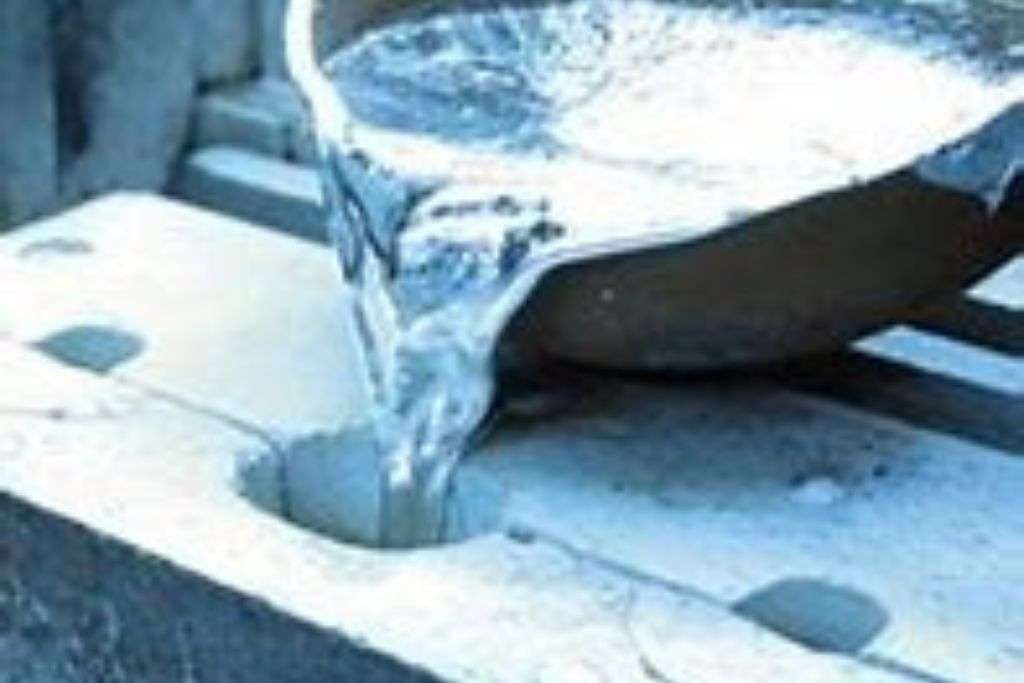
Jan 25,2024
Die casting is a prominent method for creating custom parts in manufacturing, especially in industries requiring precision and durability. However, those familiar with the process may have pondered at some point, "Why is die casting so expensive?" In this blog post, we're diving deep into die casting to uncover the factors contributing to its costliness while shedding light on its undeniable advantages.
Before we embark on our journey to demystify the costs associated with die-casting, let's take a moment to understand the process. Melted metal is pushed under intense pressure into a mold cavity during die casting.
As a result, flawless, customized products with excellent surface finishes and outstanding dimensional accuracy are produced. This procedure is frequently used because of its fantastic constancy in creating elaborate and complex shapes.
Die casting can be expensive because it is often used to create custom parts. The keyword here is "custom." Unlike mass production methods, die casting is tailored to produce specific parts that meet unique requirements. This inherently involves extra mold creation, setup, and adjustment costs to ensure the final product meets the client's exact specifications.
The process of creating custom die-casting molds is expensive. These molds are usually constructed of hardened steel or other specialist materials to survive the high pressures and temperatures required for die casting.
The initial investment in creating these molds can be substantial, and it's one of the primary factors driving up the cost of die casting.
Die casting is renowned for its precision and tight tolerances. Achieving such precision demands not only high-quality molds but also meticulous attention to detail throughout the entire process.
The machinery used for die casting must be well-maintained and calibrated, and skilled operators are essential to ensure that every part meets the specified dimensions. Maintaining such precision adds to the overall cost of die casting.
Another significant factor contributing to the cost of die casting is the material used. Die casting often involves alloys that offer superior strength and durability. While these materials enhance the quality of the final product, they can be expensive in their own right. Also, the cost of recycling and reusing these materials for die-casting is higher due to the need for stringent quality control.
Die casting strikes a delicate balance between speed and quality. While it's possible to achieve high-speed production, doing so might compromise the quality of the parts. Slowing down the process is often necessary to maintain the precision and finish that die casting is known for.
This balancing act between speed and quality can contribute to the overall cost, especially when time-sensitive projects require additional resources and workforce.
The skilled workforce required to operate and maintain the machinery is critical in die-casting. Professional technicians and operators ensure that the equipment runs smoothly and that the parts produced meet stringent quality standards. The demand for these specialized skills can drive up labor costs, which are then passed on to the client.
Quality assurance is paramount in die casting. Parts must undergo rigorous inspections to ensure they meet the specified standards. This includes dimensional checks, material testing, and surface finish assessments. Implementing such thorough quality control processes adds time and cost to the production cycle.
Competition and market conditions can also impact die-casting costs. In a competitive market, manufacturers may strive to offer lower prices, but this can sometimes lead to compromises in quality. However, premium die-casting suppliers could bill more for their knowledge and dedication to quality control.
Custom die-casting parts occupy a unique niche in manufacturing, offering unmatched precision and durability. While the cost of die casting may appear high at first glance, it's essential to recognize that this method provides exceptional value for industries that demand top-tier quality and bespoke solutions.
The expense of die casting reflects the commitment to precision, the initial investment in molds and machinery, the high-quality materials used, and the skilled workforce required to execute the process flawlessly.